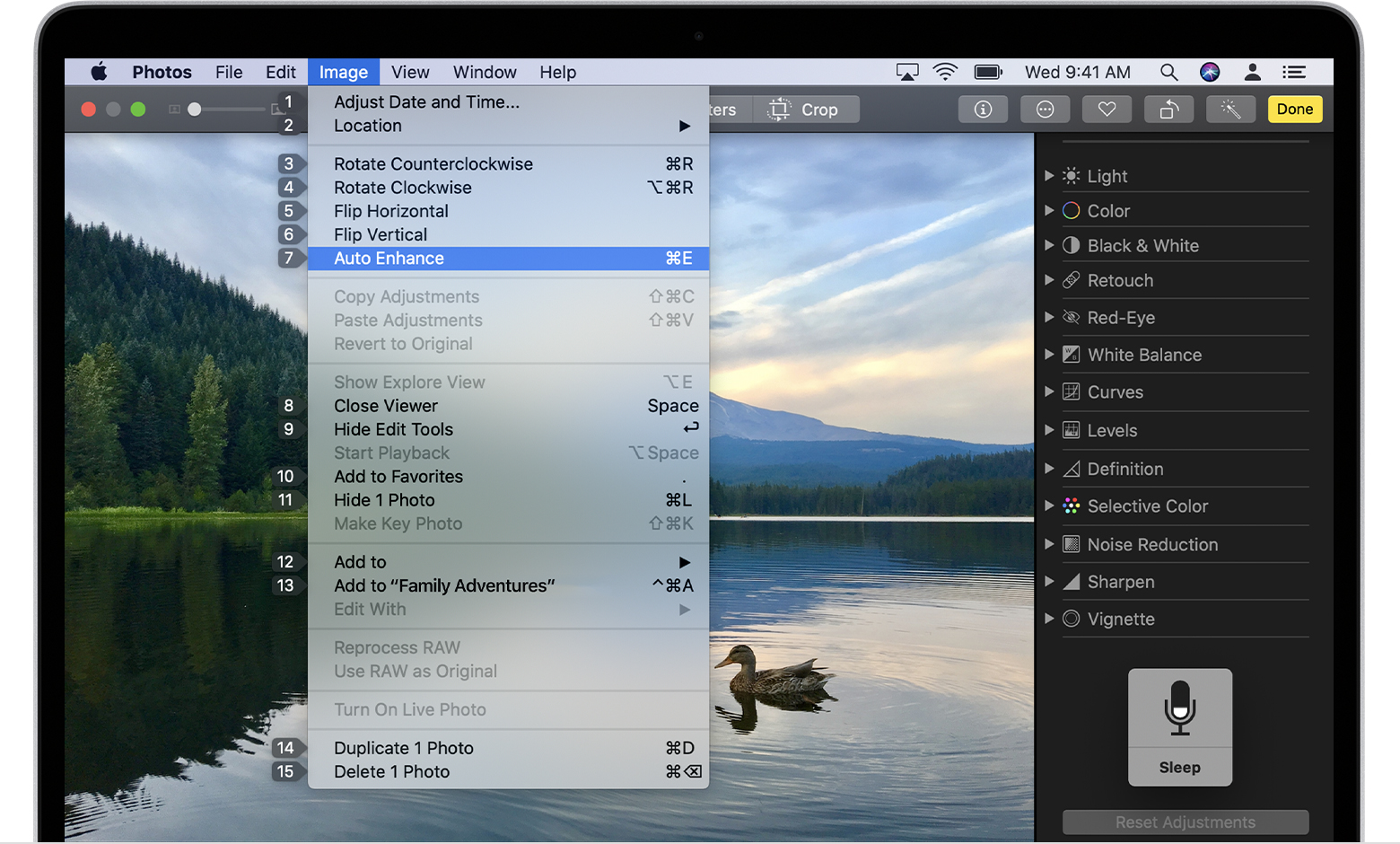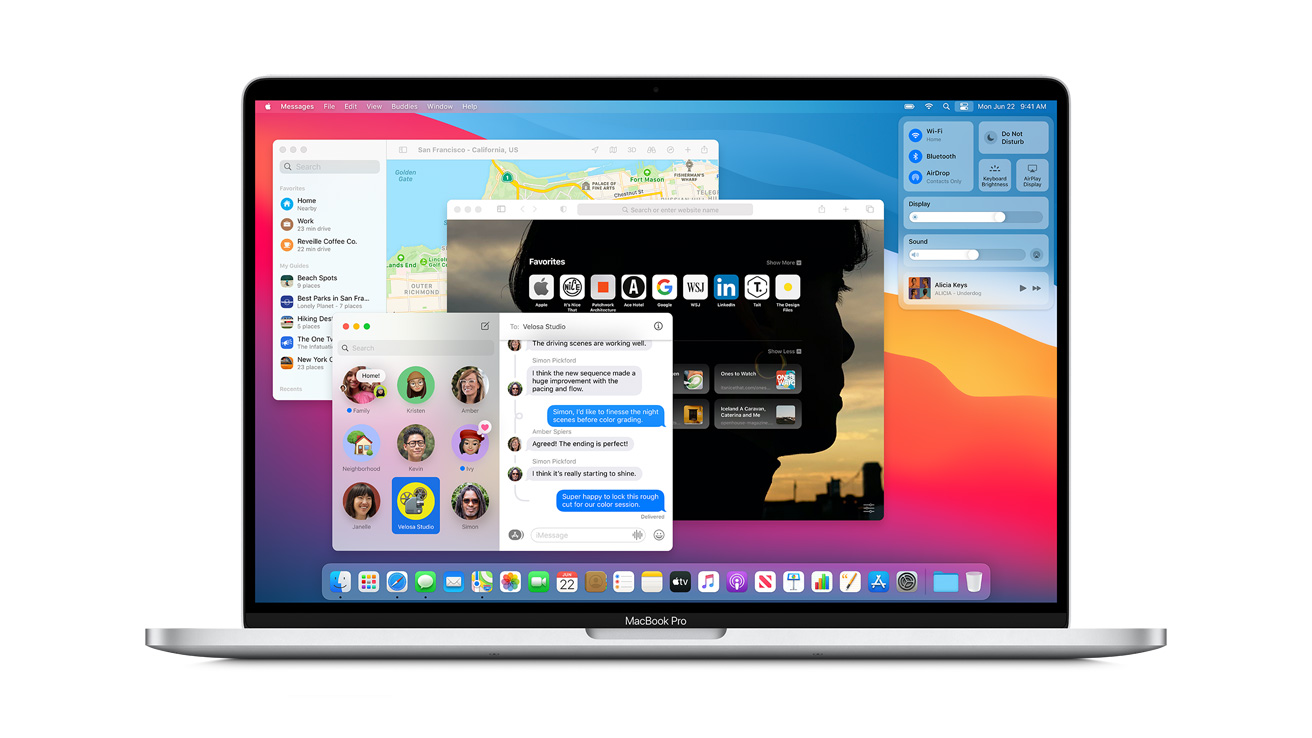Just Say It!! Mac OS
Windows
Just Say It Mac Os Catalina
- Windows 10 or Windows Server 2016 - Go to Start, enter About your PC, and then select About your PC. Look under PC for Edition to find out your version and edition of Windows.
- Windows 8.1 or Windows Server 2012 R2 - Swipe in from the right edge of the screen, tap Settings, and then tap Change PC settings. (If you're using a mouse, point to the lower-right corner of the screen, move the mouse pointer up, click Settings, and then click Change PC settings.). Next, Tap or click PC and devices, and then tap or click PC info. Look under Windows for the version and edition.
Windows 8 or Windows Server 2012 - On the Start screen, type Computer, press and hold or right-click Computer, and then tap or click Properties. Then look under Windows edition for the version.
Windows 7 and Windows Server 2008 R2 - Click Start or the Windows logo right click Computer then click Properties. Look in System.
Windows Vista and Windows Server 2008 - Click Start or the Windows logo depending on what you have then click Control Panel->System and Maintenance->System.
You could also try Clicking Start or the Windows logo then if you have a 'Start Seach' field type winver then Double-click winver.exe from the results. If you had a run box instead of search just click Run type winver click OK.
Windows NT, Windows 2000, Windows XP and Windows Server 2003 - Click Start ->RunType winver then click OK. You could also try typing msinfo32 or sysdm.cpl or winmsd if you like. Lastly you might try typing dxdiag. Windows might prompt you to verify drivers click No.
Windows 95/98/ME - Click Start->Settings->Control Panel double-click System click General tab. Locate version number under system heading. Click here for chart to match version number to release.
Windows CE - Click StartSettingsControl Panelclick the System applet. If that does not work you might just have to look in the General Tab or somewhere in the System Tab.
You can also find out if your computer is running a 32-bit or 64-bit version of Windows in the same areas listed above.
Macintosh
Actually a word that indicates hood power of a gangster(specially afro-american), his command in crack dealing, slut management, he runs an entire industry related to.
OS X (Mac OS X) - Click the Apple menu at the top of your screen then click About this Mac. To get more detailed information after that click More Info -> Software. Note: Apple has changed the name of it's OS to OS X from Mac OS X.
iOS (iPhoneOS) - On your iPhone touch Settings ->General ->About. Look under version. Note: Apple has changed the name of it's OS to iOS from iPhoneOS.
Linux
Open a terminal program (get to a command prompt) and type uname -a. This will give you your kernel version, but might not mention the distribution your running. To find out what distribution of linux your running (Ex. Ubuntu) try lsb_release -a or cat /etc/*release or cat /etc/issue* or cat /proc/version.
Choose the voice or voices you want to add to Mac OS X by clicking the checkbox next to the name, you can play samples by selecting them and clicking “Play” Click “OK” and you will get a popup confirming that you want to add and download the new voice to Mac OS X, click on “Install” to proceed, for the purpose of this walkthrough. There are two things that are extremely important in software development. The ability to see the structure of your project in the filesystem. Speed and stability of the development environment. In my experience, both of those things are sev. ICloud Keychain In Mac OS X Mavericks, Source – Apple Advanced Technologies – Makes the performance super fast. Technologies like Timer Coalescing reduces the number of interrupts made to the CPU and App Nap makes the app to go to sleep when it is completely hidden.
FreeBSD/NetBSD/OpenBSD/DragonFlyBSD
Open a terminal program (get to a command prompt) and type uname -a. This will tell you the version (release) and type of BSD your running.
Android Phone
Go to the Home Screen (push the home button or just keep pressing the left facing triangle (back button)). Then push the Applications button (looks like little squares or like 3 colons :::). Find and touch the Settings icon. Scroll to the bottom of the list. then touch About Phone. Look for lines that say Firmware version or Android version.
Blackberry (RIM OS)
Go to the Options menu and choose About. If that does not work try the Tools icon then click on Settings then About.
Solaris (SunOS)
Open a terminal program (get to a command prompt) and type uname -a or for lots of info (on newer Solaris machines) type showrev -a.
AIX
Open a terminal program (get to a command prompt) and type oslevel -r or uname -a or lslpp -h bos.rte.
IOS (Cisco)
On the command line in enabled mode (enable) type show version.
XOS (Extreme Networks)
On the command line at an administrator privilege level type show version.
IronWare OS (Foundry)
On the command line at an administrator privilege level type show version. For more Foundry commands look here.
OpenVMS
At a terminal propt type show system /noprocess
Upgrading OS X will not fix something that's already broken.
Boot from your original System Install DVD: insert the disc and restart while holding the ckey.
At the Mac OS X Utilities screen, select the Utilities menu and run Disk Utility.
Select your startup disk - it is usually the first icon at the upper left of the Disk Utility window. At the bottom of the window you should see this
Just Say It Mac Os X

What does it say next to 'SMART Status'?
Next select the startup volume - it is usually named 'Macintosh HD'. The bottom of the window will look like this

What are the numbers next to 'Capacity', 'Available', and 'Used'? Only the numbers before the ones in parentheses are necessary.
Just Say It Mac Os 11
Next, click the Repair Disk button. This will take a few minutes.
Report any errors it finds.
Dec 20, 2012 11:45 AM